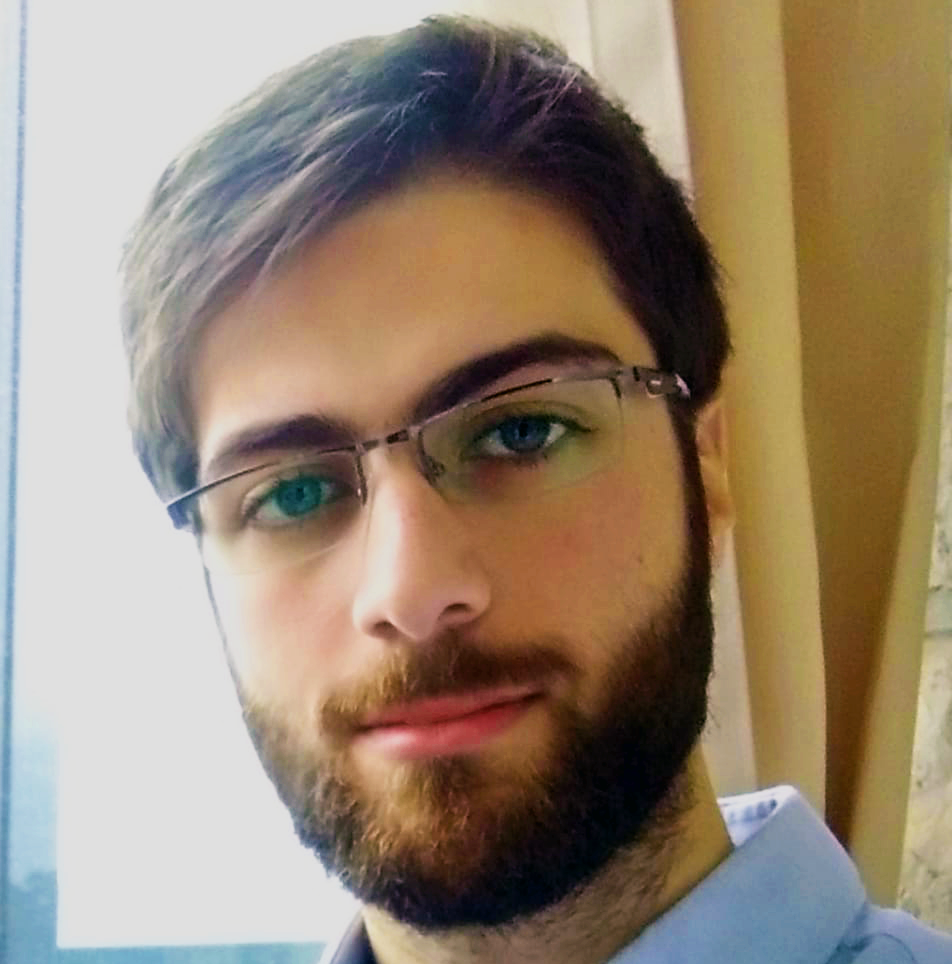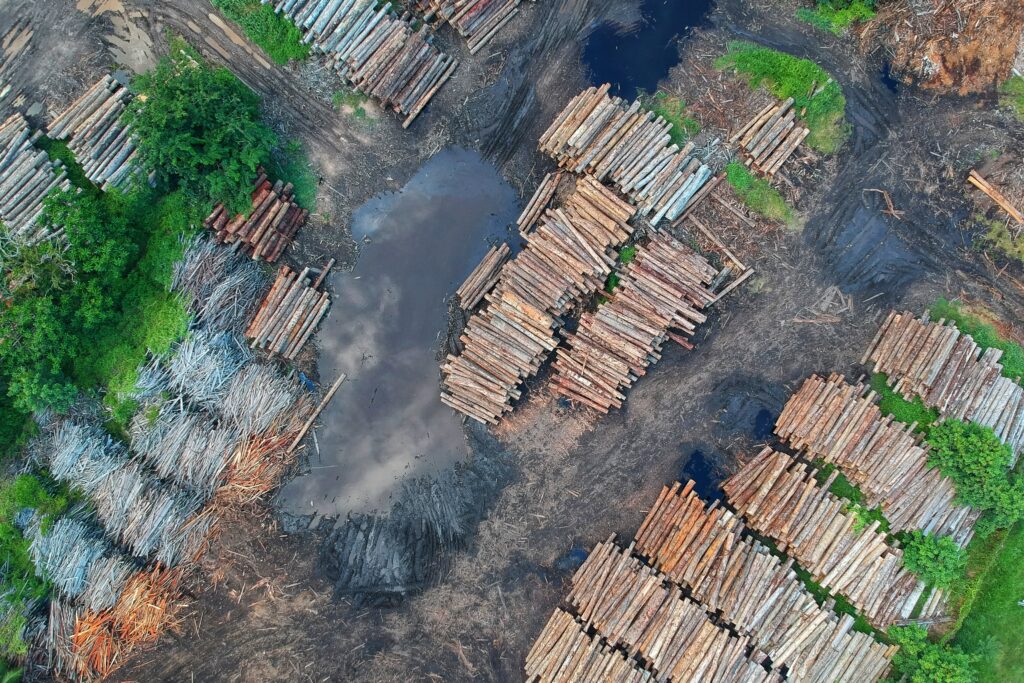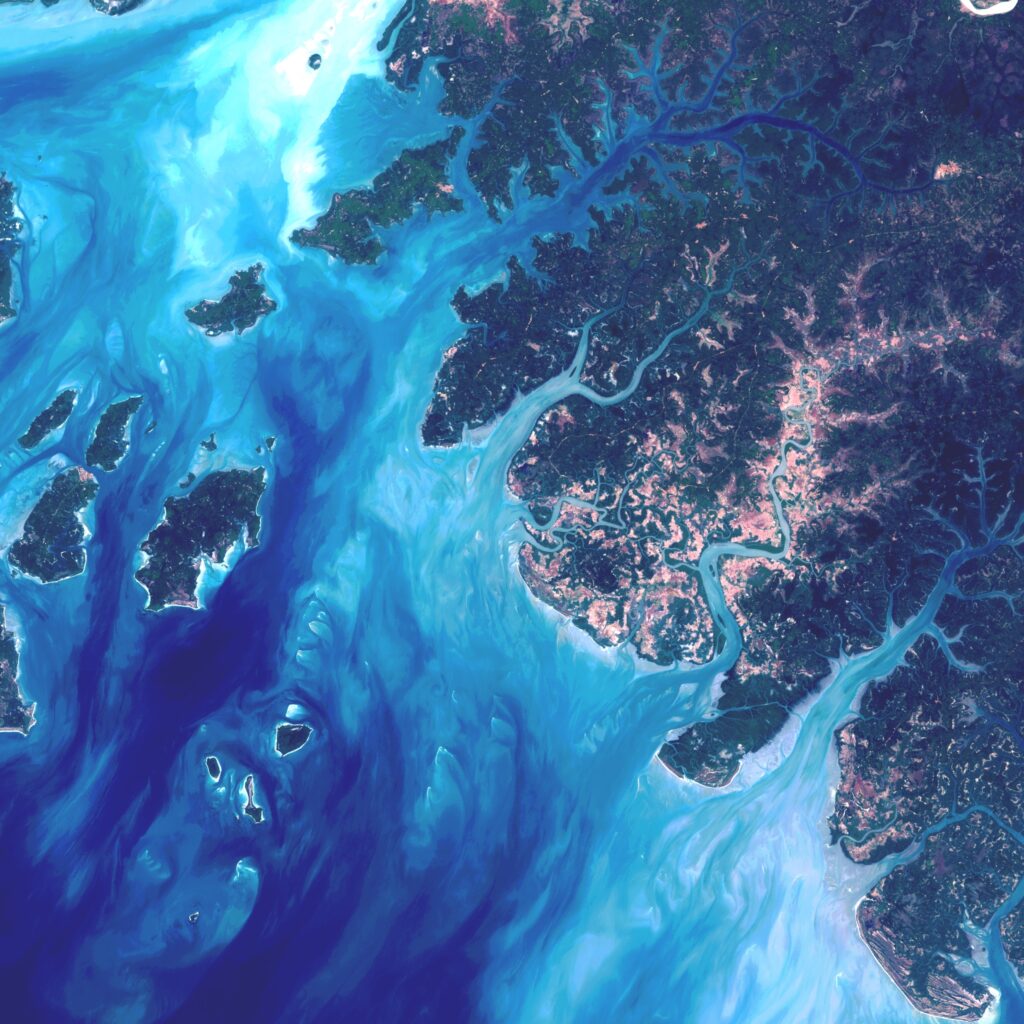
Best satellite observations of the Year 2022!
Top satellite observations in 2022!
Here’s a summary of our top observations from spectator.earth from the last year. Observations are based on Copernicus Sentinel-2 satellites’ acquisitions. This whole year was varied by sudden atmospheric changes, as well as less noticeable, long-drawn events and presented us with many astonishing observations.
Wildfires around the world
Despite the changes in temperatures and humidity during the year, it didn’t change the fact that we could still see many ongoing wildfires, no matter the season. However, most memorable fires happened during summer months (check out summer observations 2022), such as:
- Pipeline Fire in Arizona.
- Oak Fire – one of the largest fires in California in 2022.
- Fire on Bickerton Island in Australia.
- Cedar Creek Fire on the east of Oakridge.
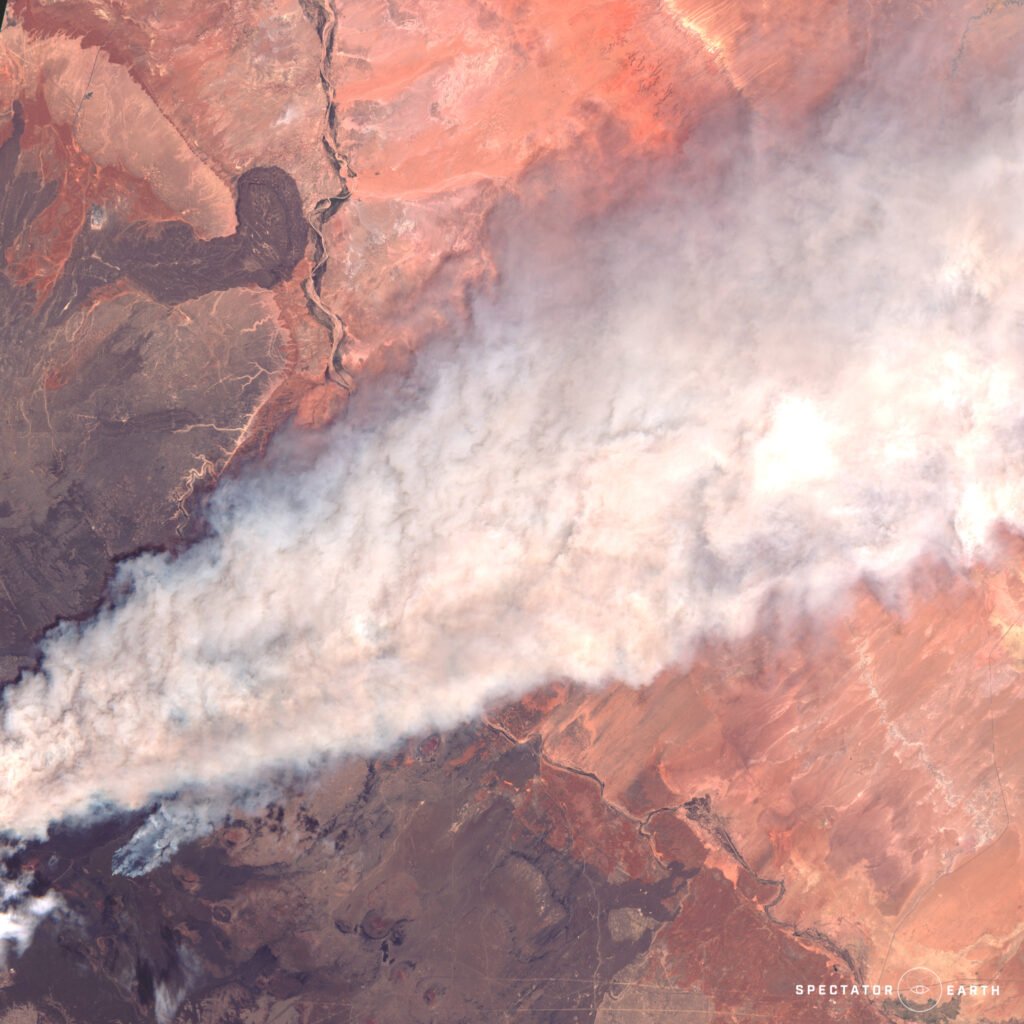
Huge Pipeline Fire in Flagstaff Arizona – view on the map.
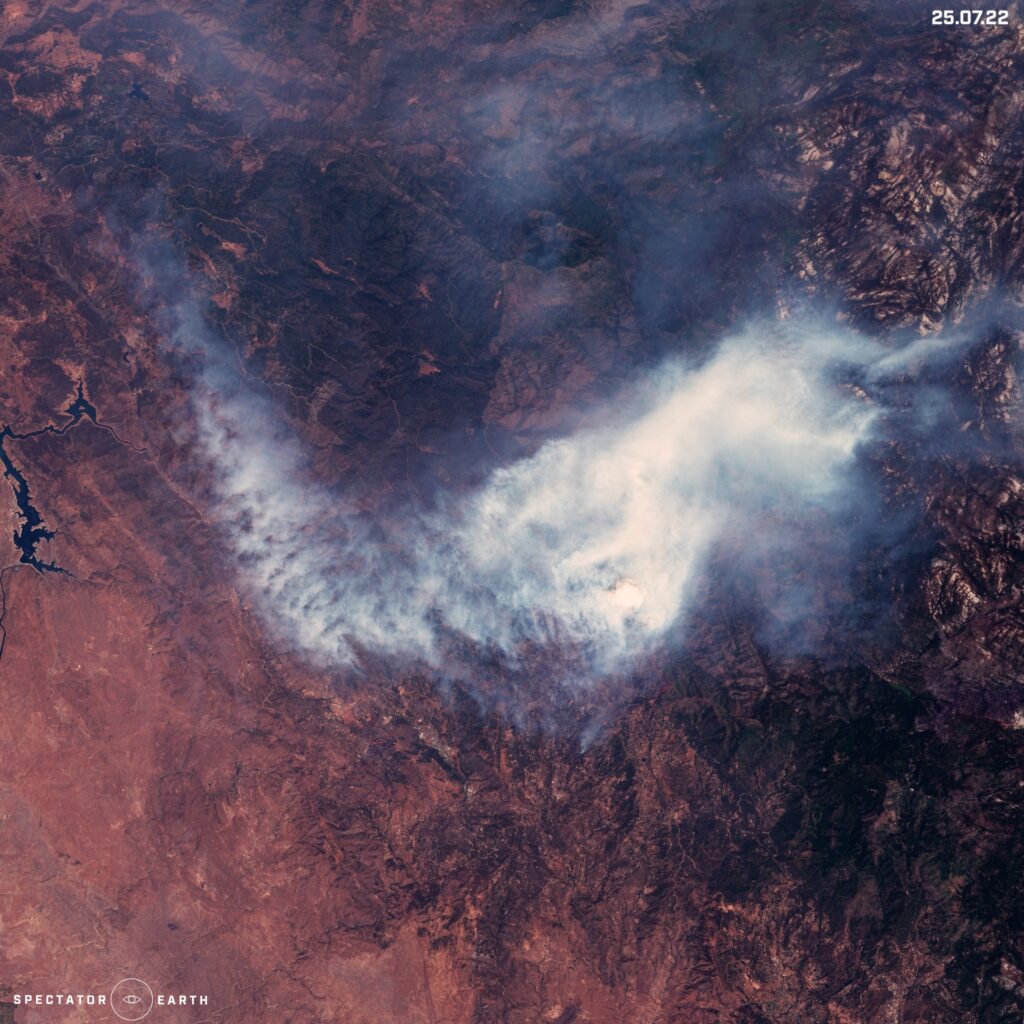
Oak Fire – one the largest fire in California this year – view on the map.
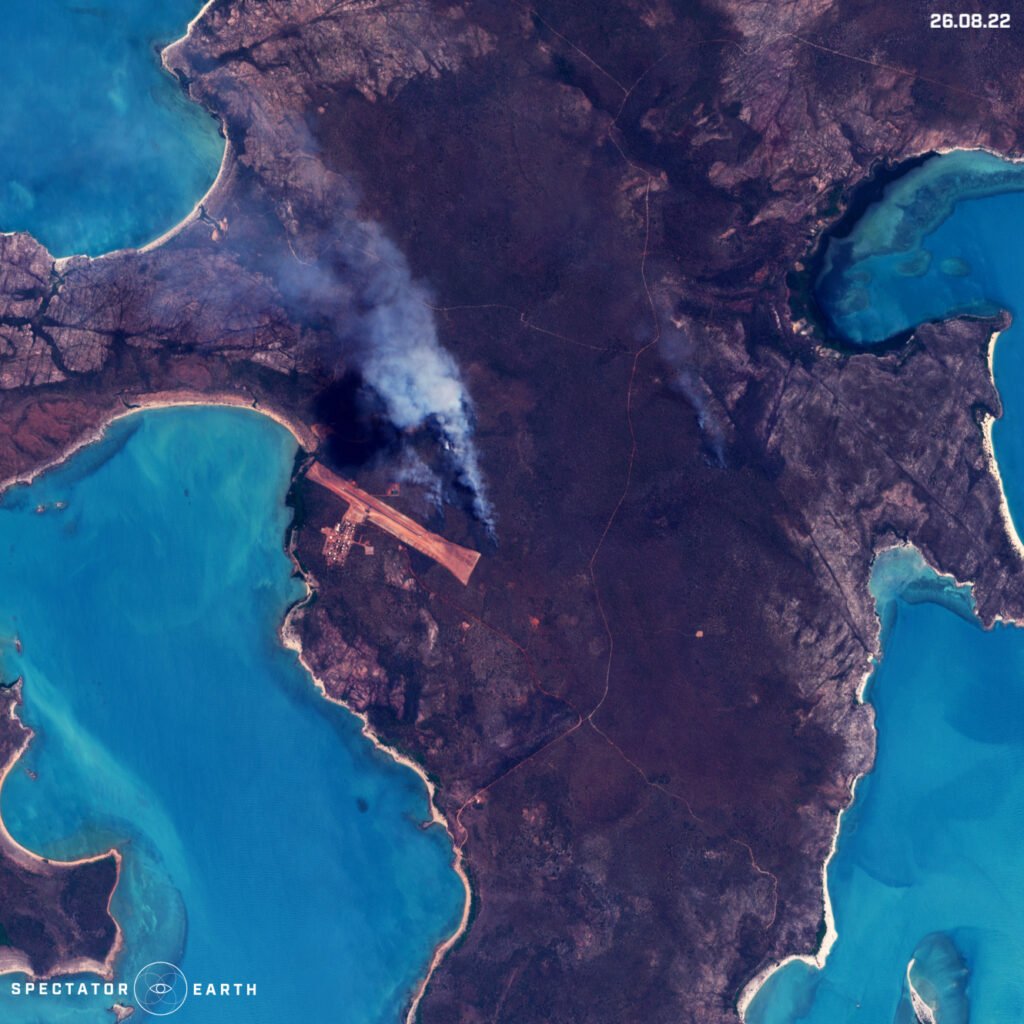
Fire spotted near Bickerton Airfield on Bickerton Island Australia – view on the map.
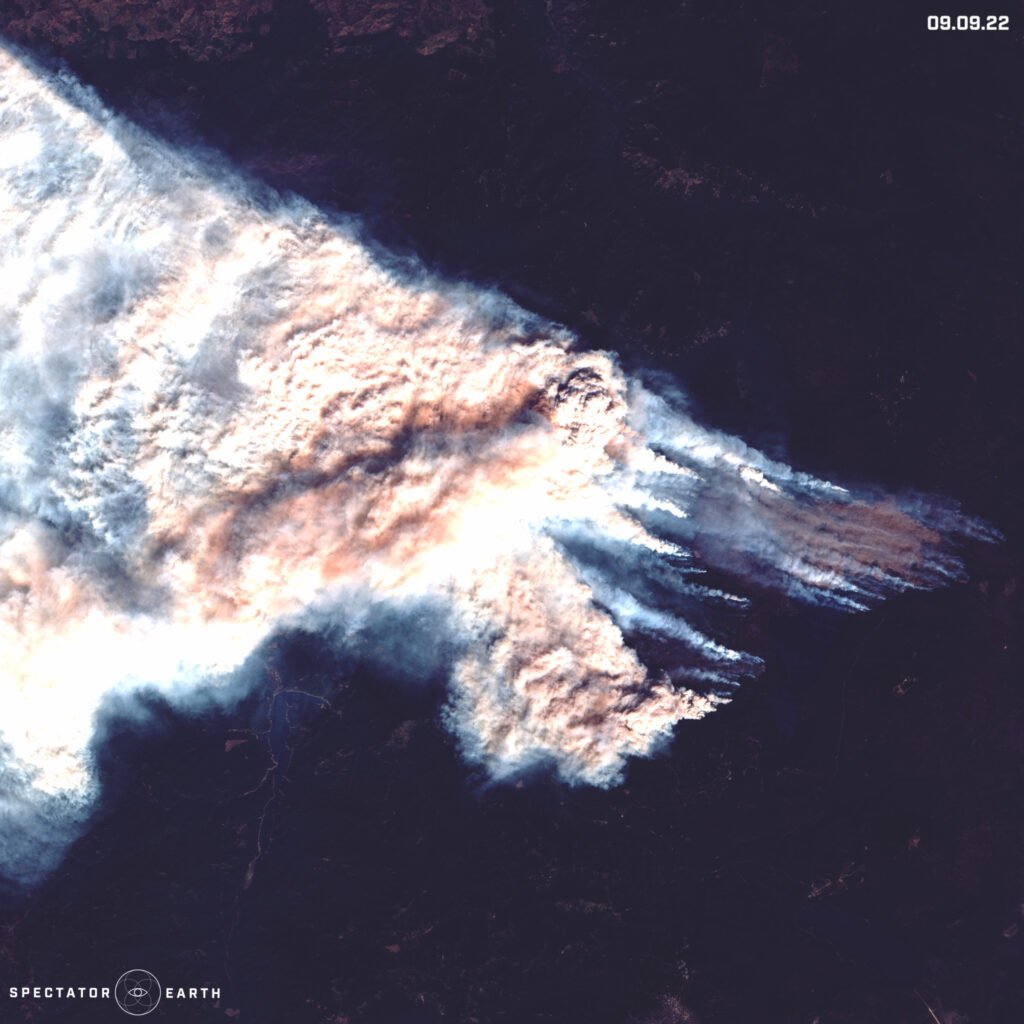
Cedar Creek Fire on the east of Oakridge – view on the map.
Active Volcanos
We can observe most volcanic eruptions no matter the time of the year:
- Very visible all throughout the year activity of Etna in Sicily.
- October activity of Alaid volcano located on the Kuril islands.
- Noticeable process of formation of an island caused by recent eruptions of the Home Reef volcano.
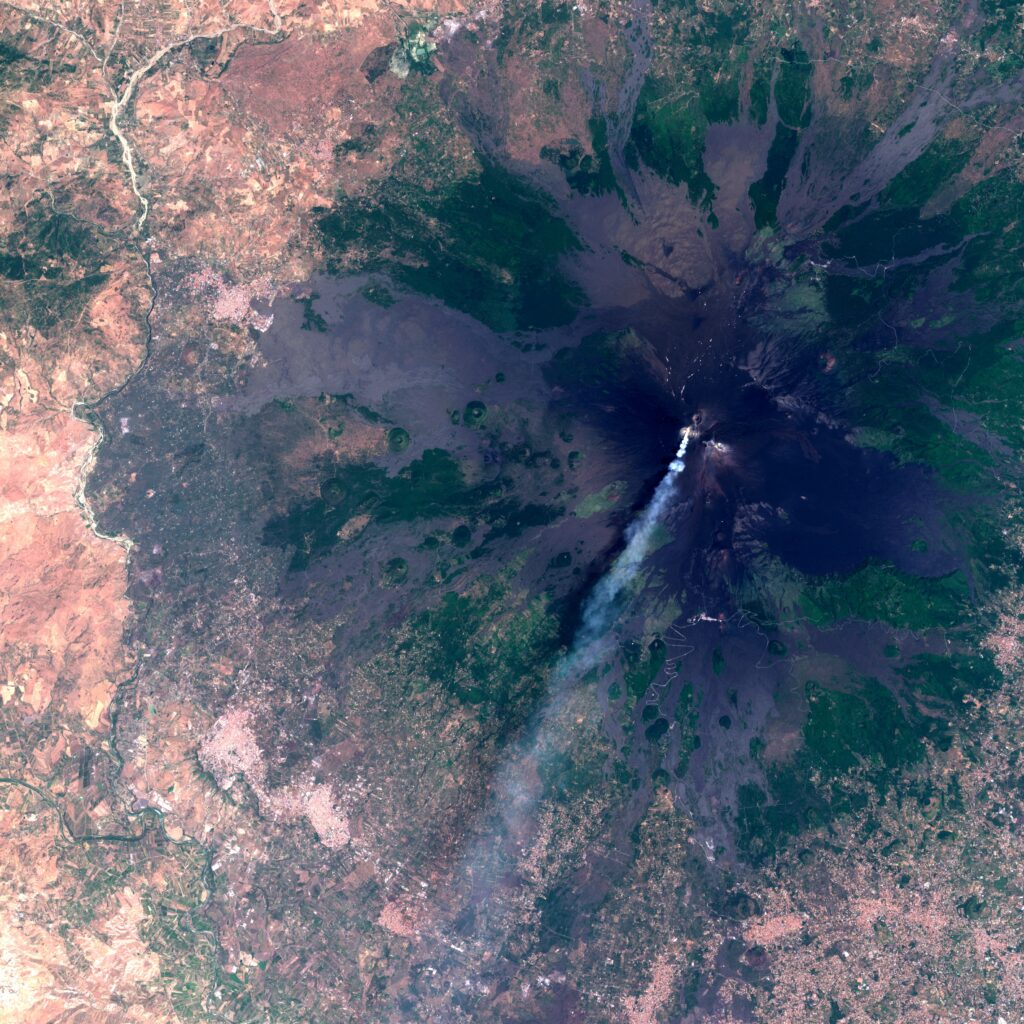
About 15km long line of smoke coming from Etna volcano – view on the map.

The latest activity of Alaid volcano – view on the map.
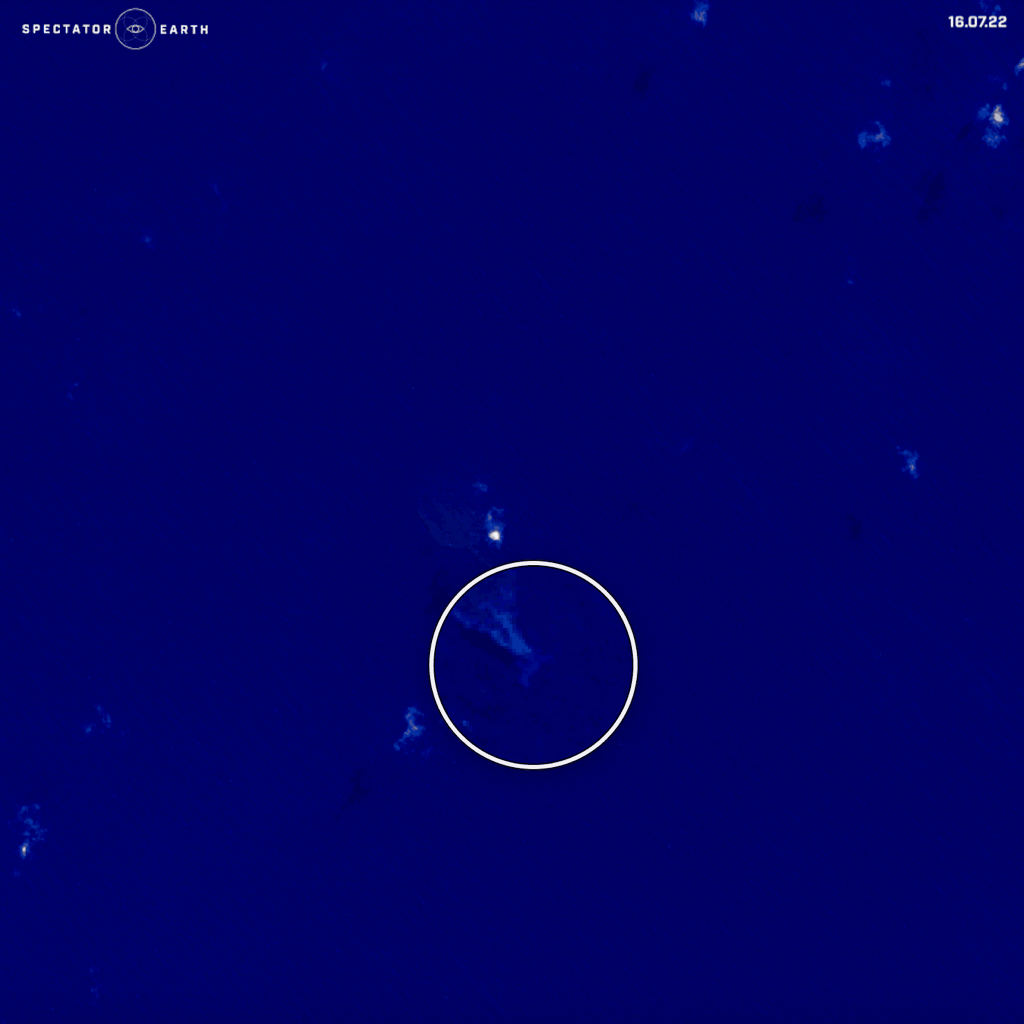
Latest changes of Home Reef volcano – view on the map.
Other Effects of Climate Change
During 2022 there have been many flash flooding events. Climate change is resulting in very polarized struggles in our environment. On one hand, we have a serious problem with droughts, on the other – we have heavy but short rainfalls, which are resulting in floods:
- Floods in Pakistan visible in the Hamal Lake area.
- Flood in Death Valley – an extremely dry place in California, where 3/4 of its annual rainfall in summer fell in just 3 hours.
- The beginning of Autumn was filled with hurricanes and typhoons. One of the most talked about hurricanes was Ian, which had devastating consequences for the state of Florida.
- We can also observe changes in a bigger time frame, like the melting of the Twitcher Glacier over the past 6 years.
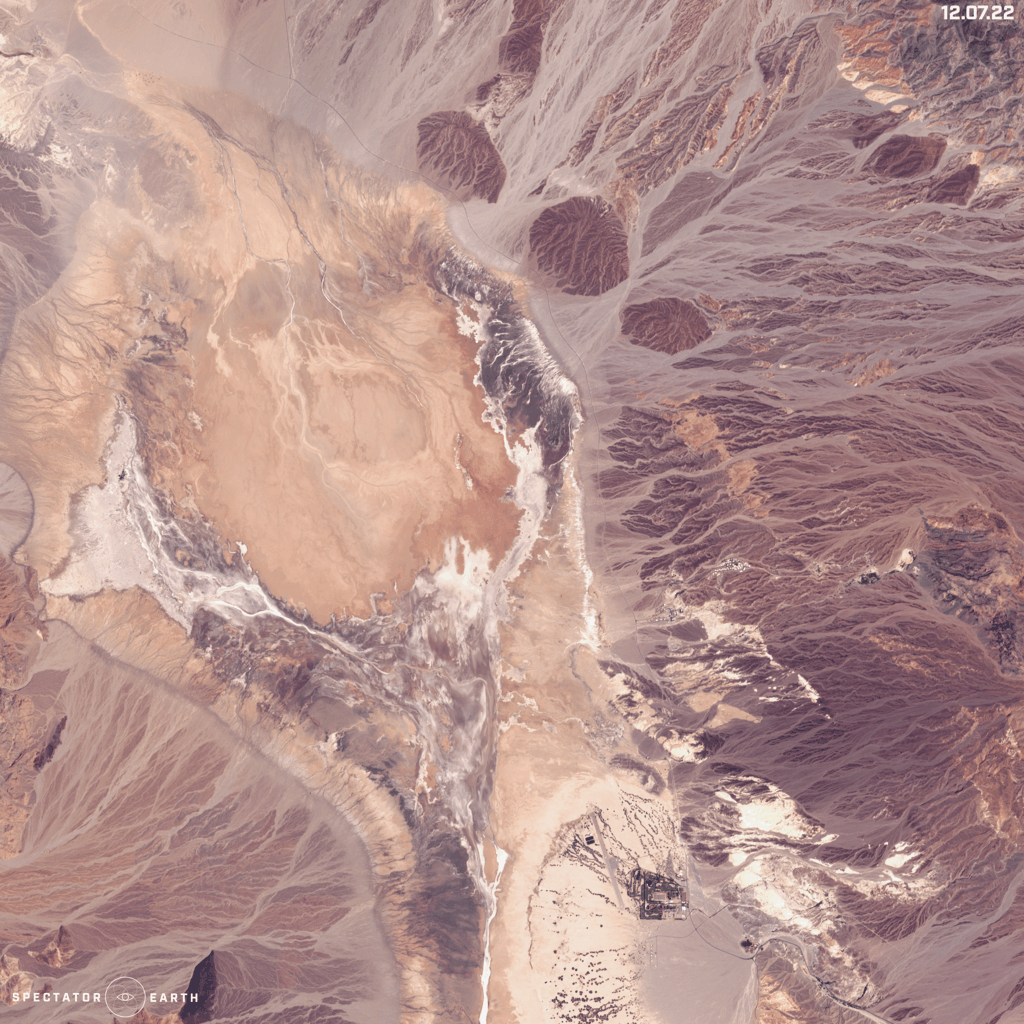
Flood in Death Valley during summer – view on the map.
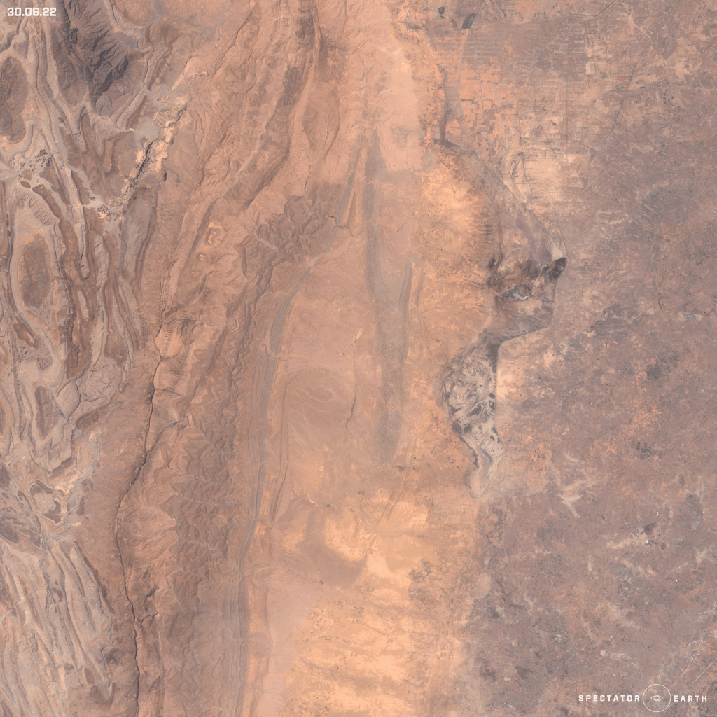
Floods in Pakistan, visible in Hamal Lake area – view on the map.
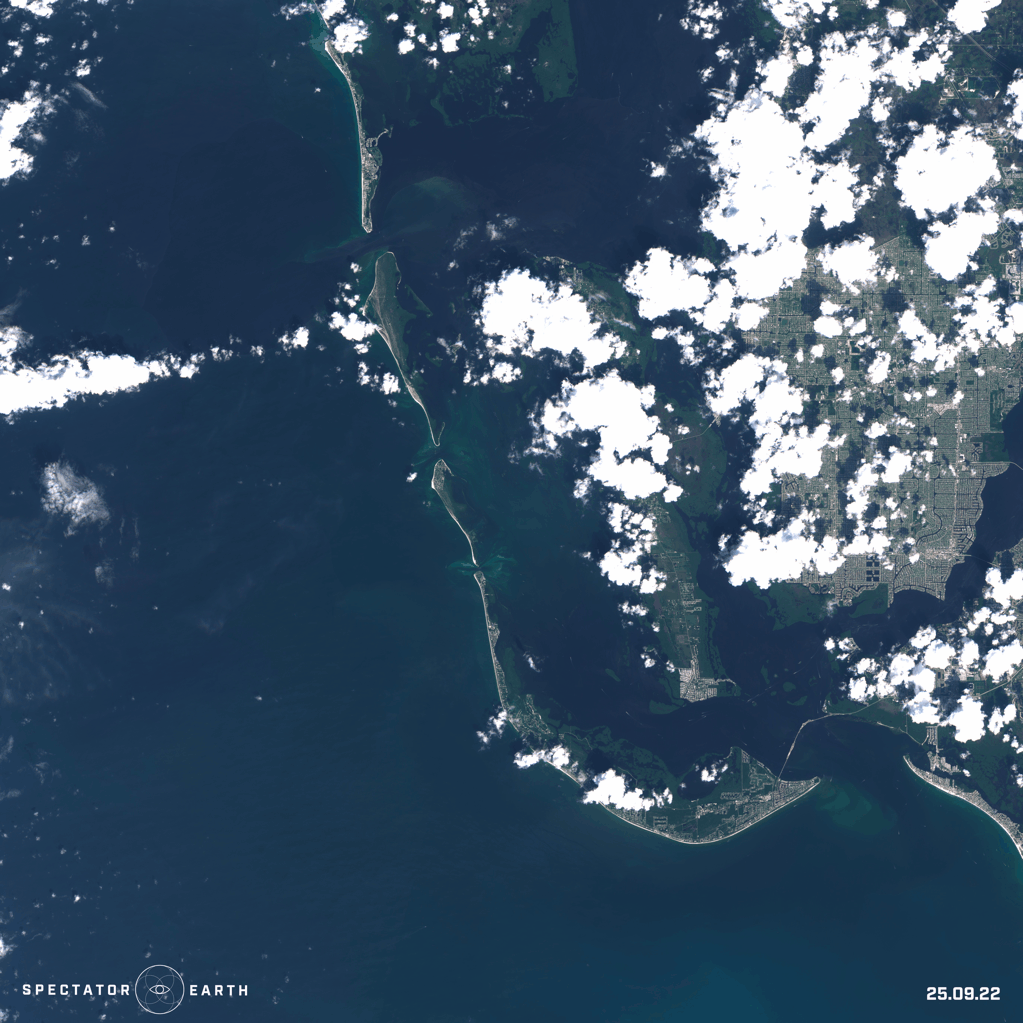
The aftermath of Hurricane Ian – view on the map.
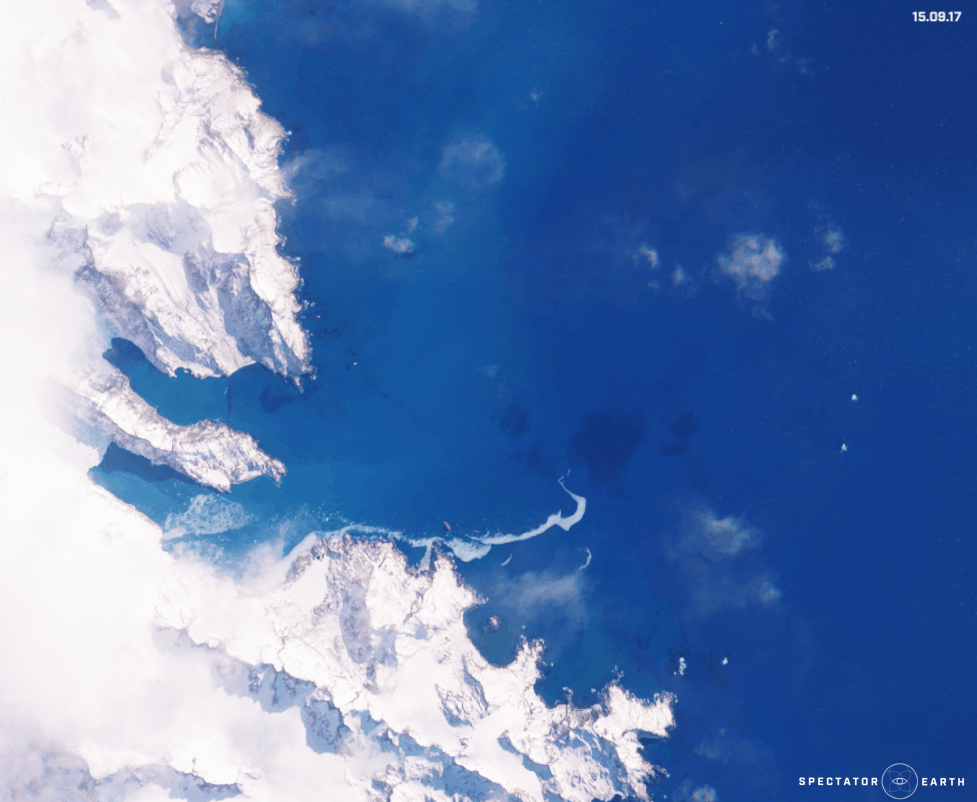
The melting of the Twitcher Glacier over the past 6 years – view on the map.
OSINT
Satellite imagery enables us to follow the course of action and events happening all over the world:
- We could see the continuation of intense fighting in military conflicts, for example in Ukraine. Multiple fires were visible from different parts of the country, like Sievierodonetsk, Sloviansk, and Mariupol in the images below.
- On September 17 there was an opening ceremony for the Vistula Spit Canal in Poland, which allows bypassing of the Russian Strait of Baltyisk. Below we can see the construction of the Canal which started in February 2019.
- We could also monitor many different constructions, such as a construction of a new terminal at Kuwait International Airport.
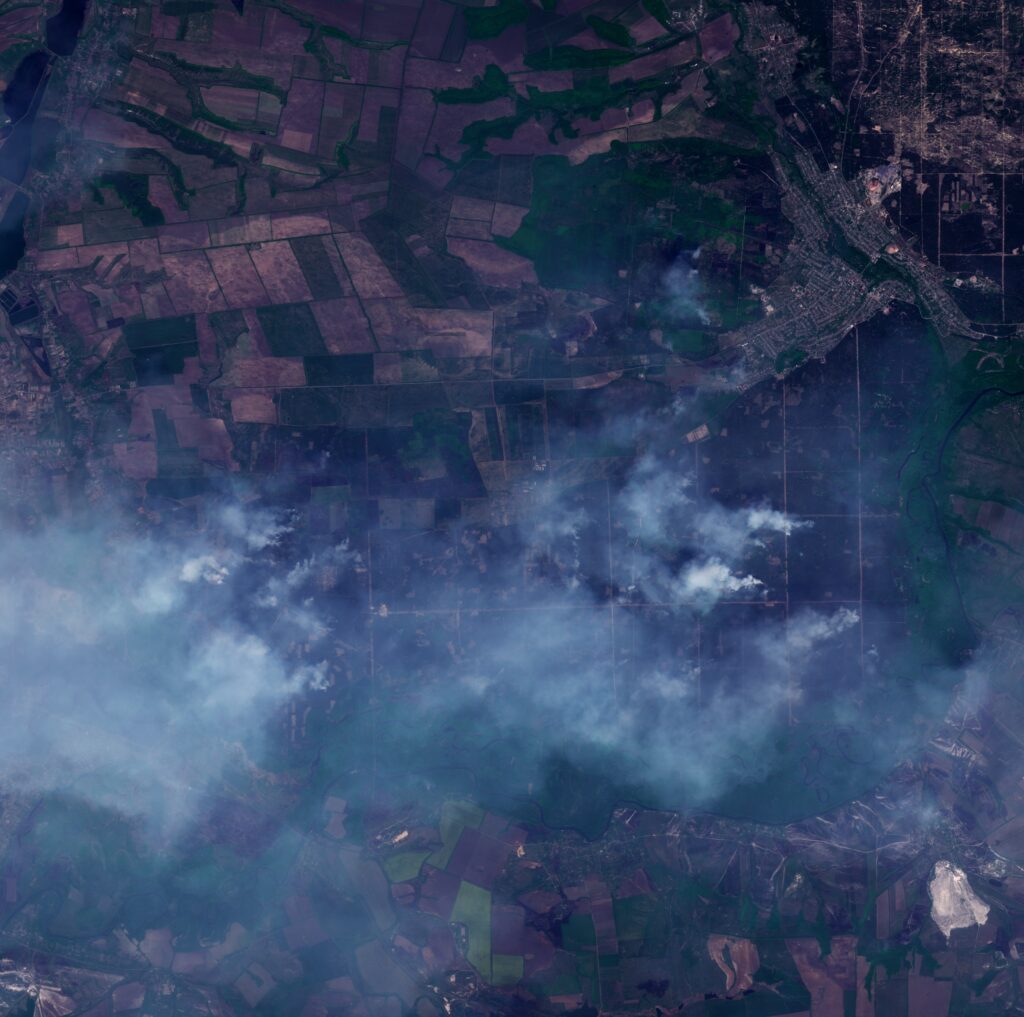
Fires spotted near Sievierodonetsk in Ukraine on May 8th – view on the map.
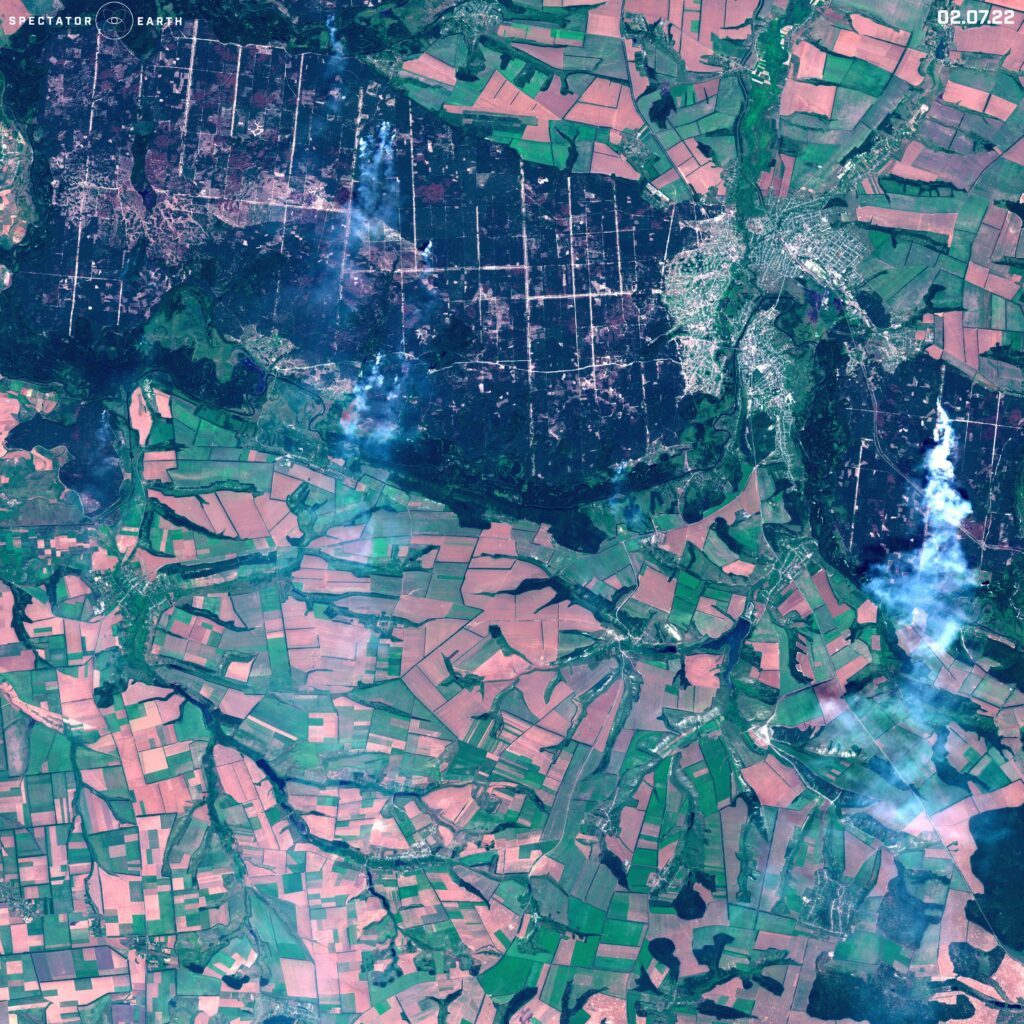
Fires are visible in the north of Sloviansk – view on the map.
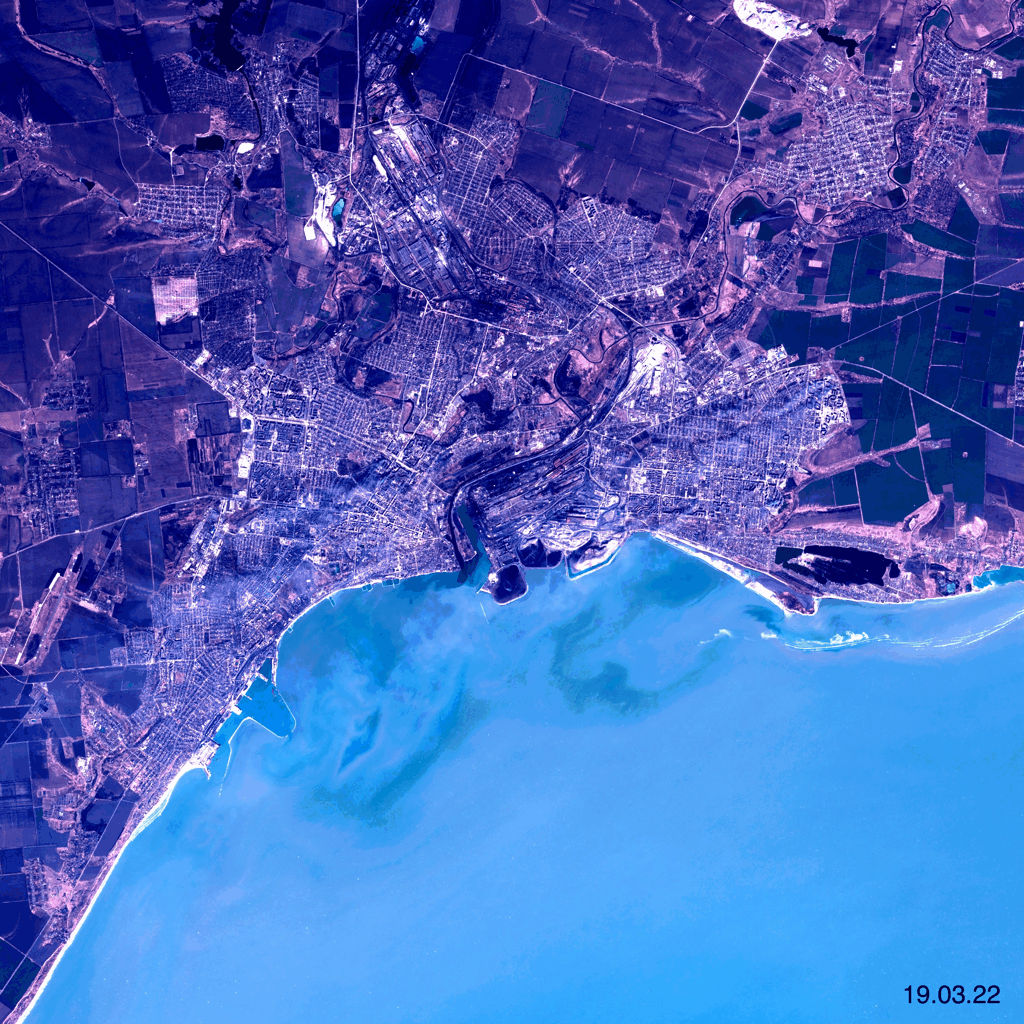
Changes visible in Sentinel2 images of Mariupol in Ukraine – view on the map.
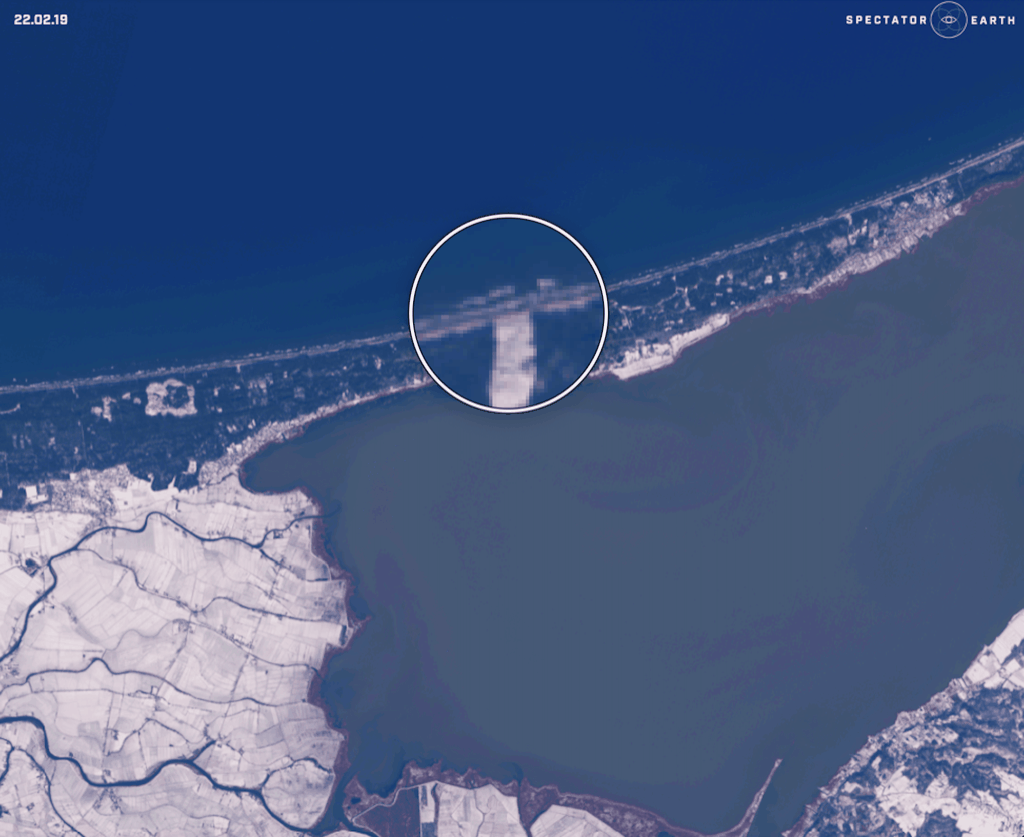
The construction of the Vistula Spit Canal in Poland – view on the map.
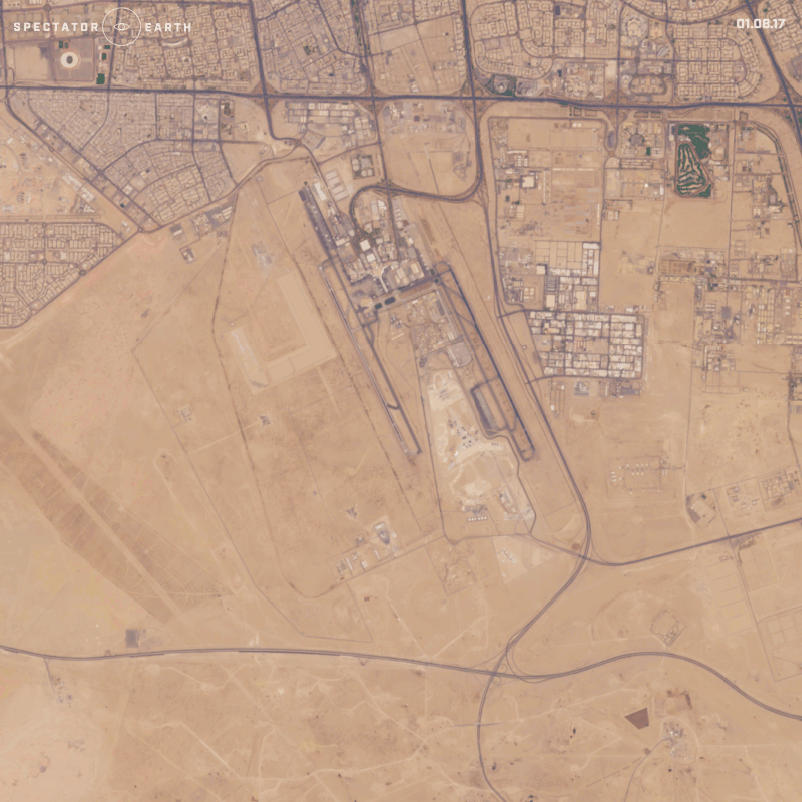
The construction of a new terminal at Kuwait International Airport – view on the map.
Beautiful Views
Besides monitoring many world events, we can also use satellite imaging to look for amazing views worldwide. Thanks to satellite images, in just a couple of seconds we can transport to another continent and appreciate the beauty of our planet.
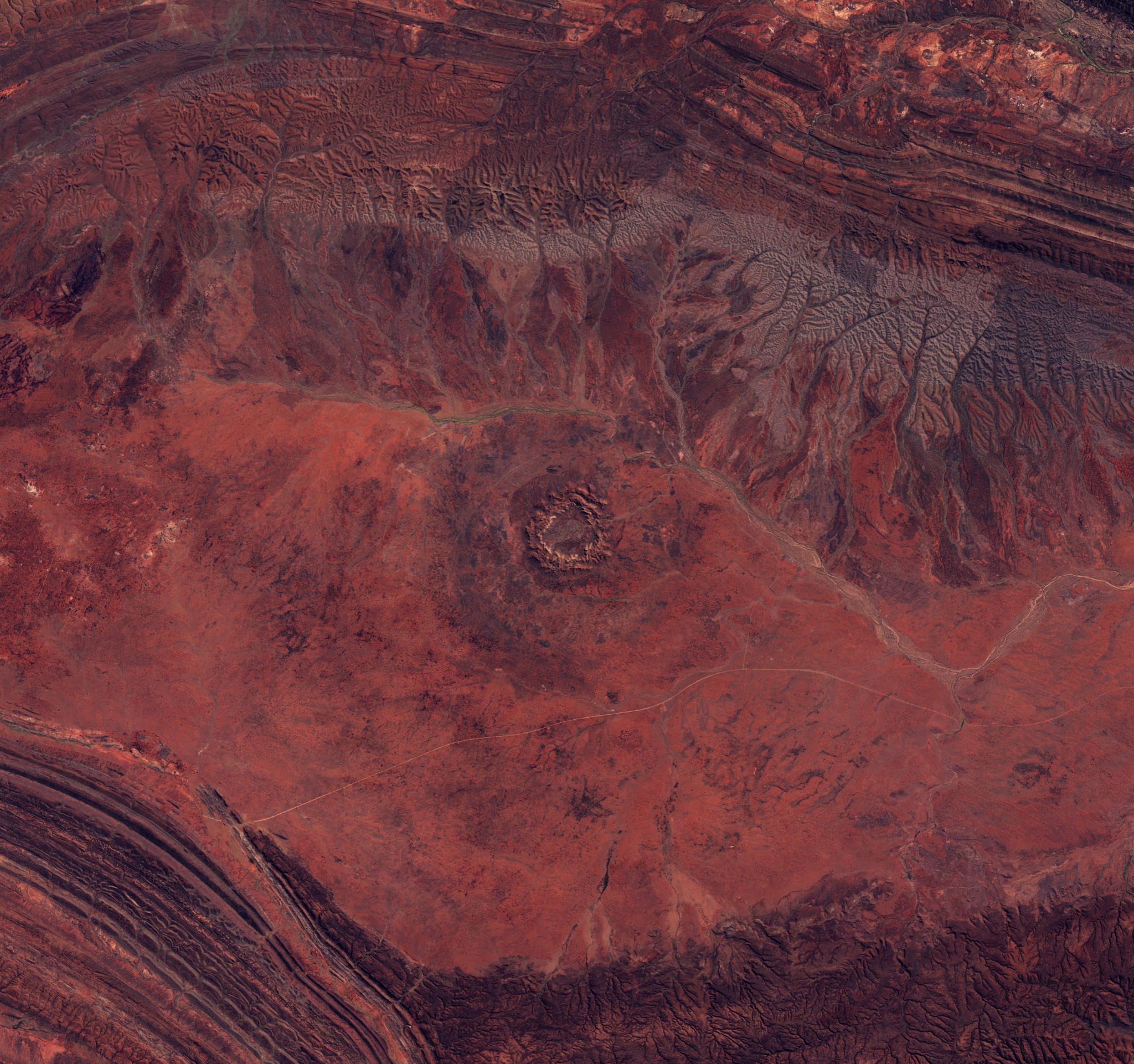
Gosses Bluff – one of the most known Australian impact craters with around 22 kilometers in diameter and 5 kilometers deep – view on the map.

Beautiful view of the British Virgin Islands on the North Atlantic Ocean – view on the map.
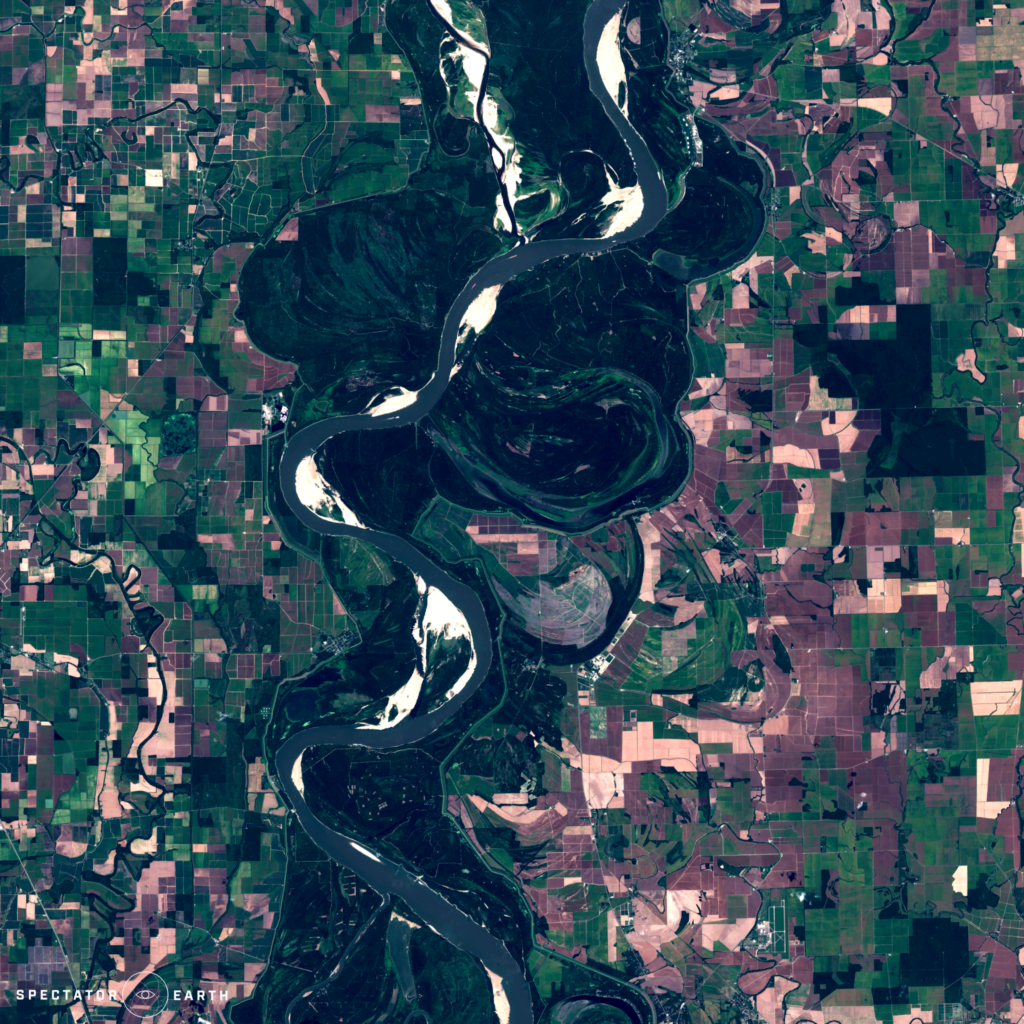
Here’s a Sentinel-2 image of the Mississippi River – view on the map.


